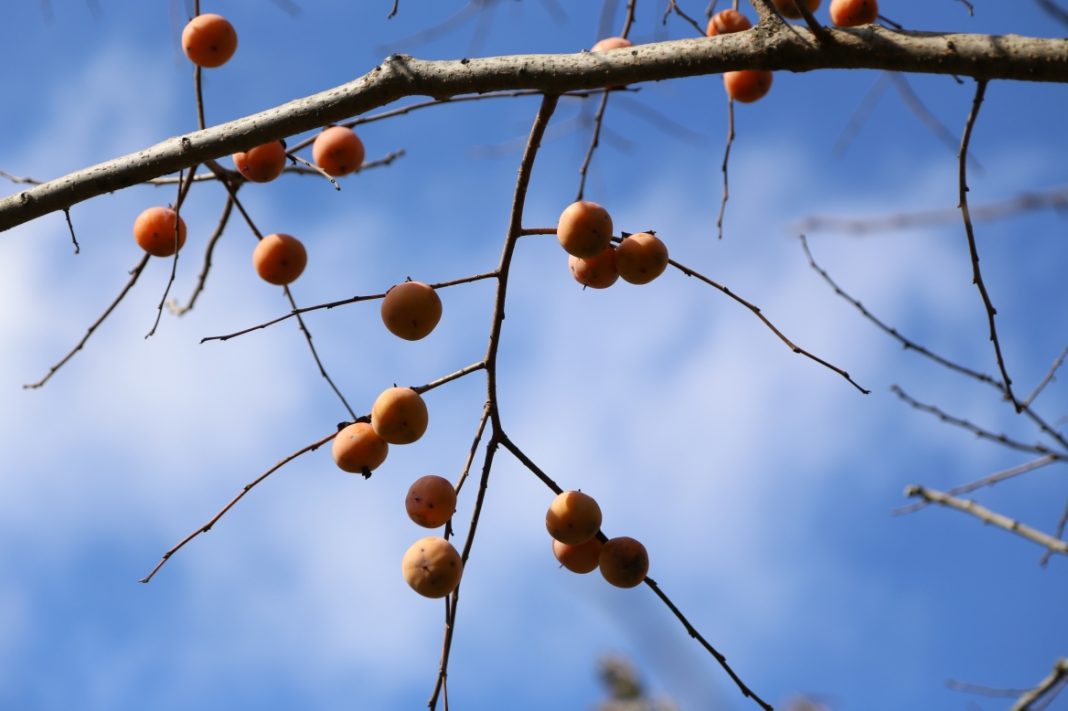Probably a bit early, but that’s okay.
I grew up in the Southern Indiana countryside, which in 1976 was being busily repurposed into residential suburbs. We had pasture and some woods, raised Angus, kept a garden, and owned a single persimmon tree just down the hill from our house.
When late autumn arrived my parents indulged in the solemn annual ritual of persimmon pudding production. My recollection is that the persimmons at their peak of ripeness had to be gathered as they hit the ground, preferably with our cows sequestered elsewhere to keep them from eating all the pre-pudding pulp.
This persimmon pulp itself required messy preparation with knives and sieves, amid much grumbling about the necessary pain required in life to gain maximum pleasure. After all, the finished pudding could be frozen, usually to be expended upon the arrival of the Christmas holidays.
As for me, all these life lessons passed unnoticed. I didn’t much like persimmons, having elected at one point to pick one that looked quite pretty, but tasted like a soured Quintuple IPA. Waiting for the fruit to be shriveled and gooey didn’t click with me at the time.
(Persimmons actually can be used to flavor a tasty beer: Persimmon Ale from Bloomington Brewing Company, a seasonal release spiced with cinnamon and nutmeg.)
I’ll never be a persimmon connoisseur like my parents, and that’s fine. This way, there’ll be more pudding for you, and I’ll just drink one of the ales.
The Fruit Of The Gods From An Indiana Tree?, by Lenny Farlee (Purdue University Forestry and Natural Resources)
The American persimmon tree’s scientific name, Diospyros virginiana, is loosely interpreted “divine fruit” or “fruit of the gods” of Virginia. If you have tasted a ripe persimmon on a crisp fall day, you might agree with that assessment. Several persimmon tree species are found in both the new and old world and have been used for food and wood products for centuries. Our American persimmon is native to the southern half of Indiana but can survive in the northern half of the state as well.
I’m being careful to reference universities in both states.
American Persimmon, by Cheryl Kaiser and Matt Ernst (University of Kentucky College of Agriculture, Food and Environment)
Interest in persimmon and other native fruits has increased with more emphasis on local, regional and “slow” food. Fruit may be marketed fresh, and persimmons are occasionally found at farmers markets across Kentucky. Persimmon can also be processed and the pulp sold as a frozen product. Value-added products include persimmon puddings, cookies, cakes, custards, ice creams, sherbets and preserves. Fruit may also be dried.
Finally, the larger picture. Jonathon Engels is “Wild about Persimmons” at Permaculture News: “Turns out, persimmons can also be very useful—multi-functional—within a permaculture plot.”
Cover photo credit: The Fruit Nut.




















